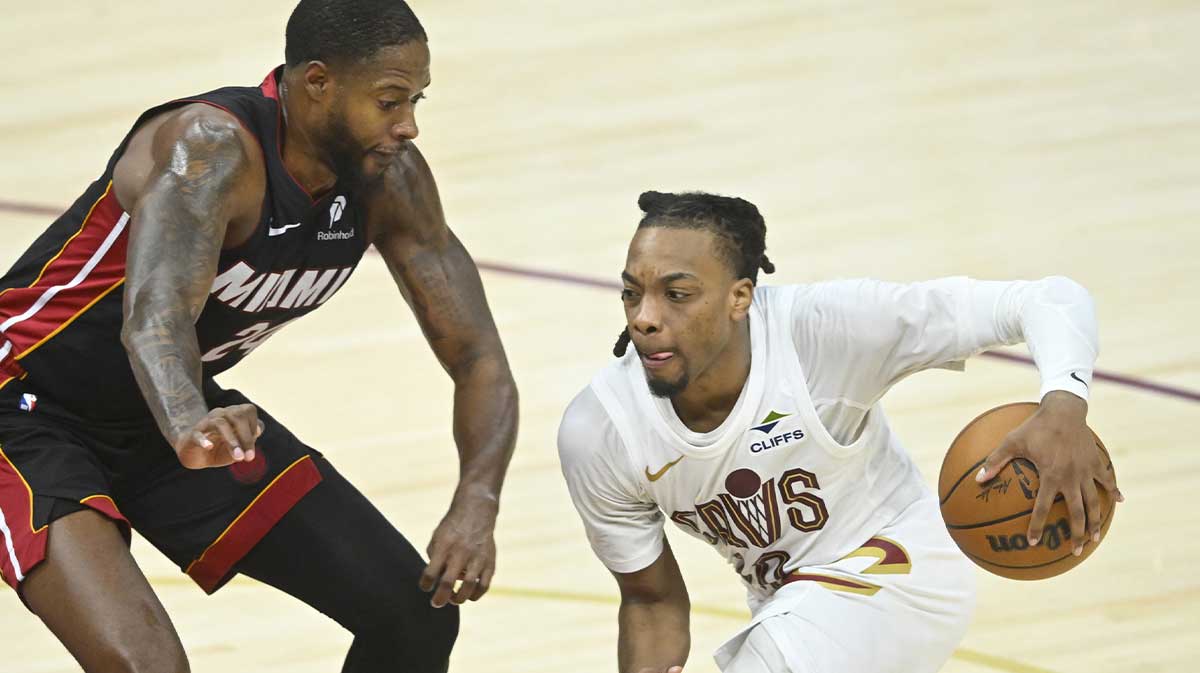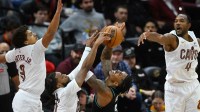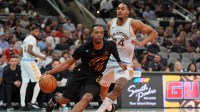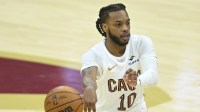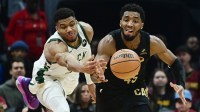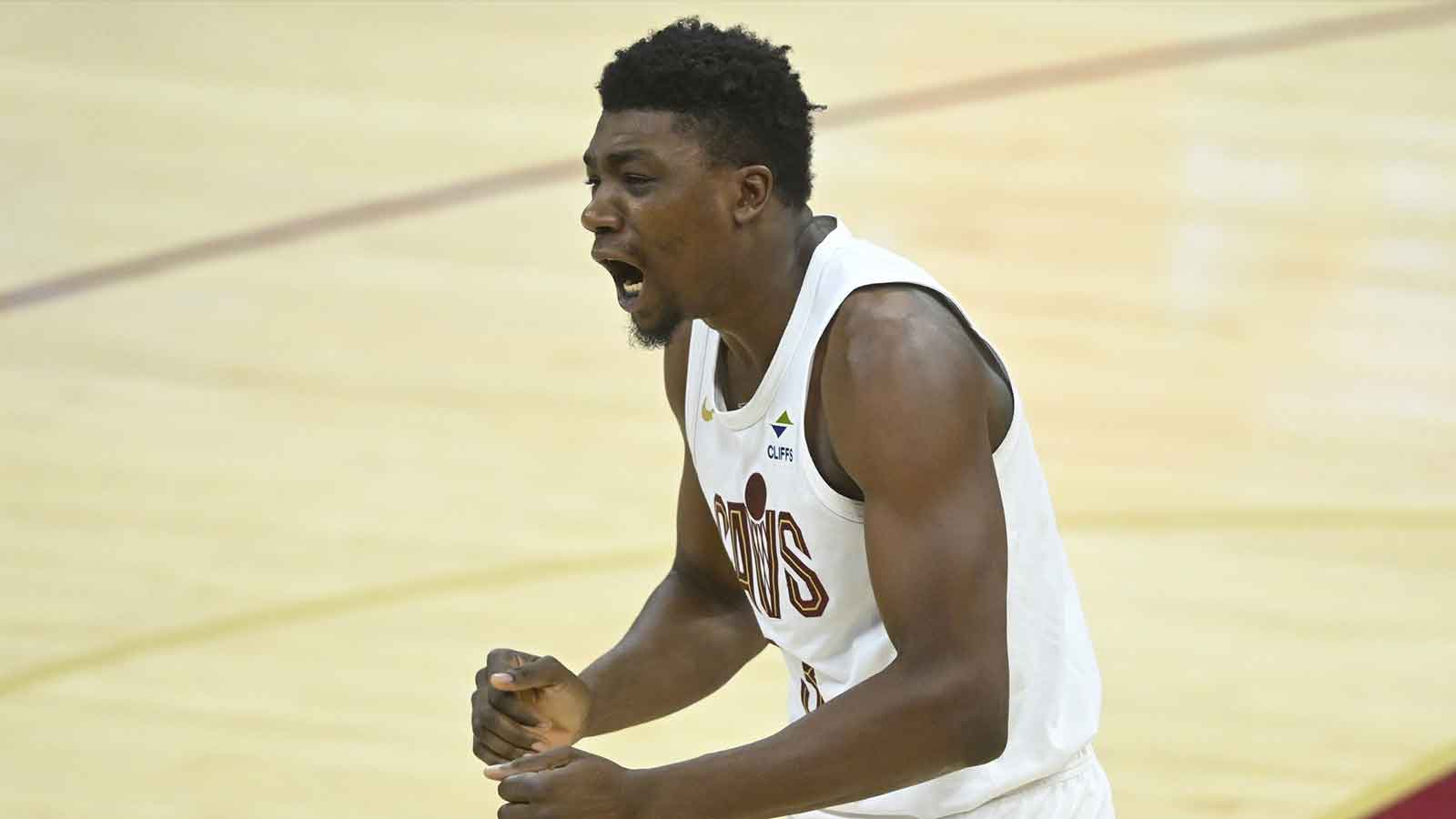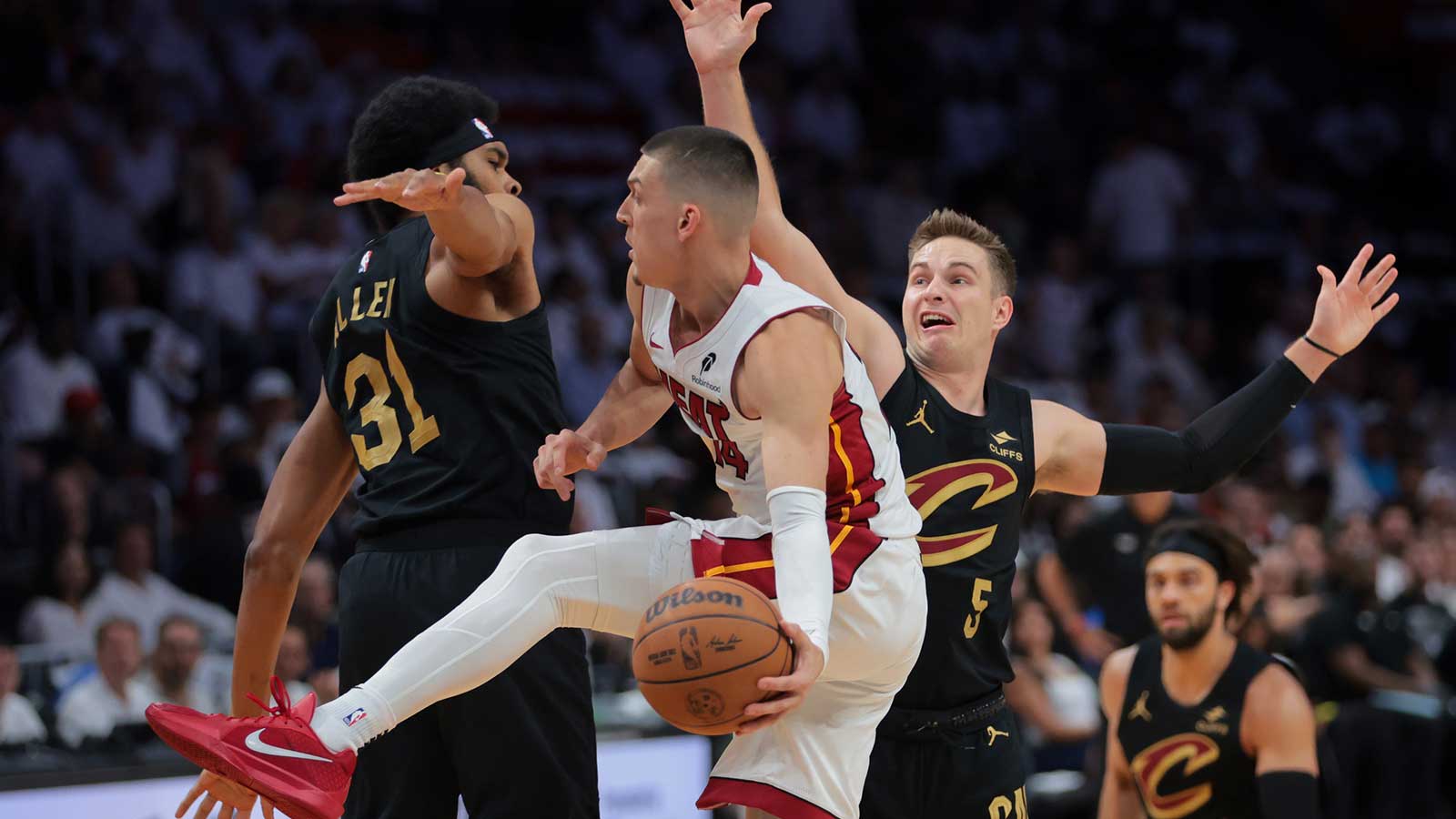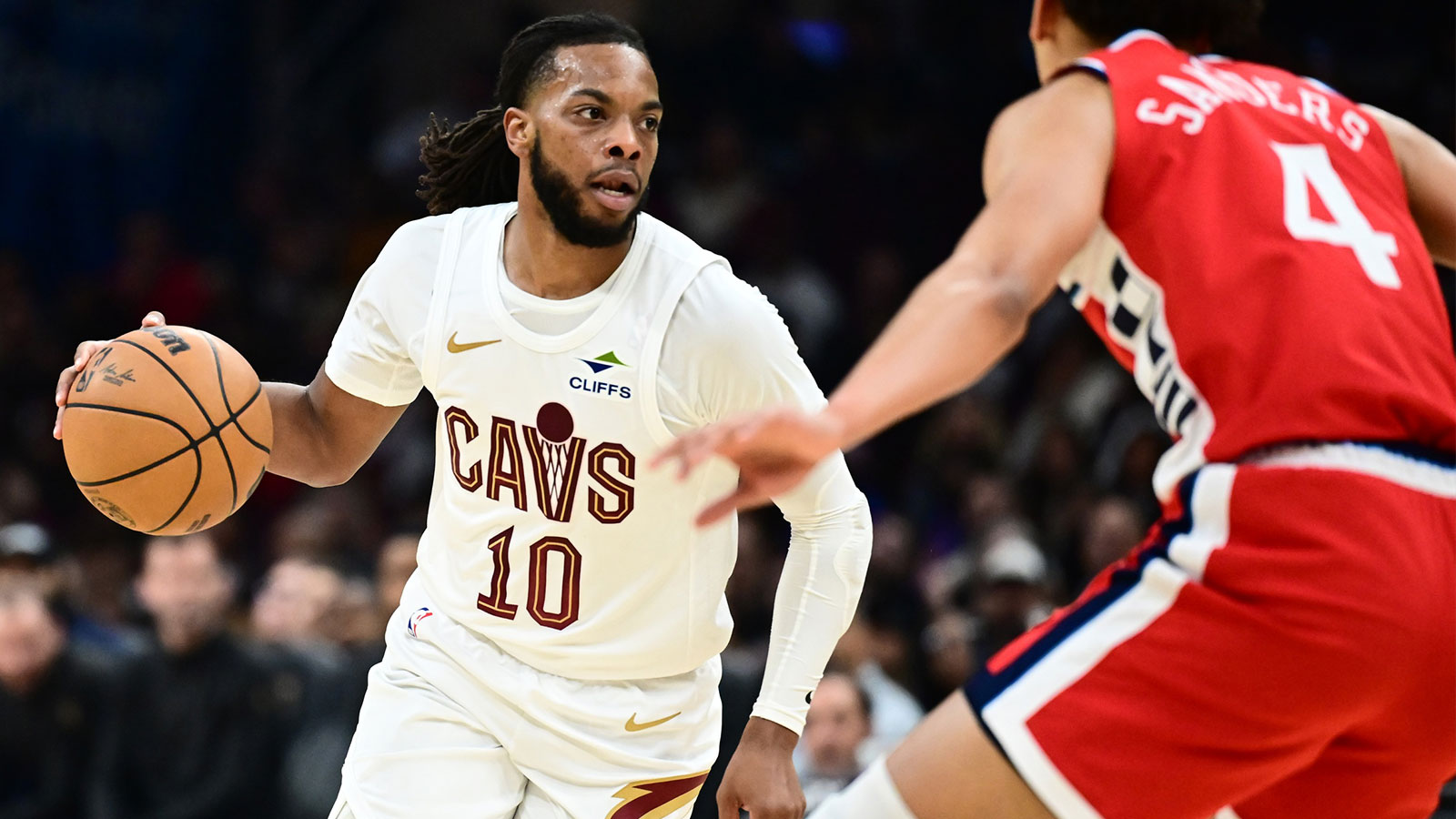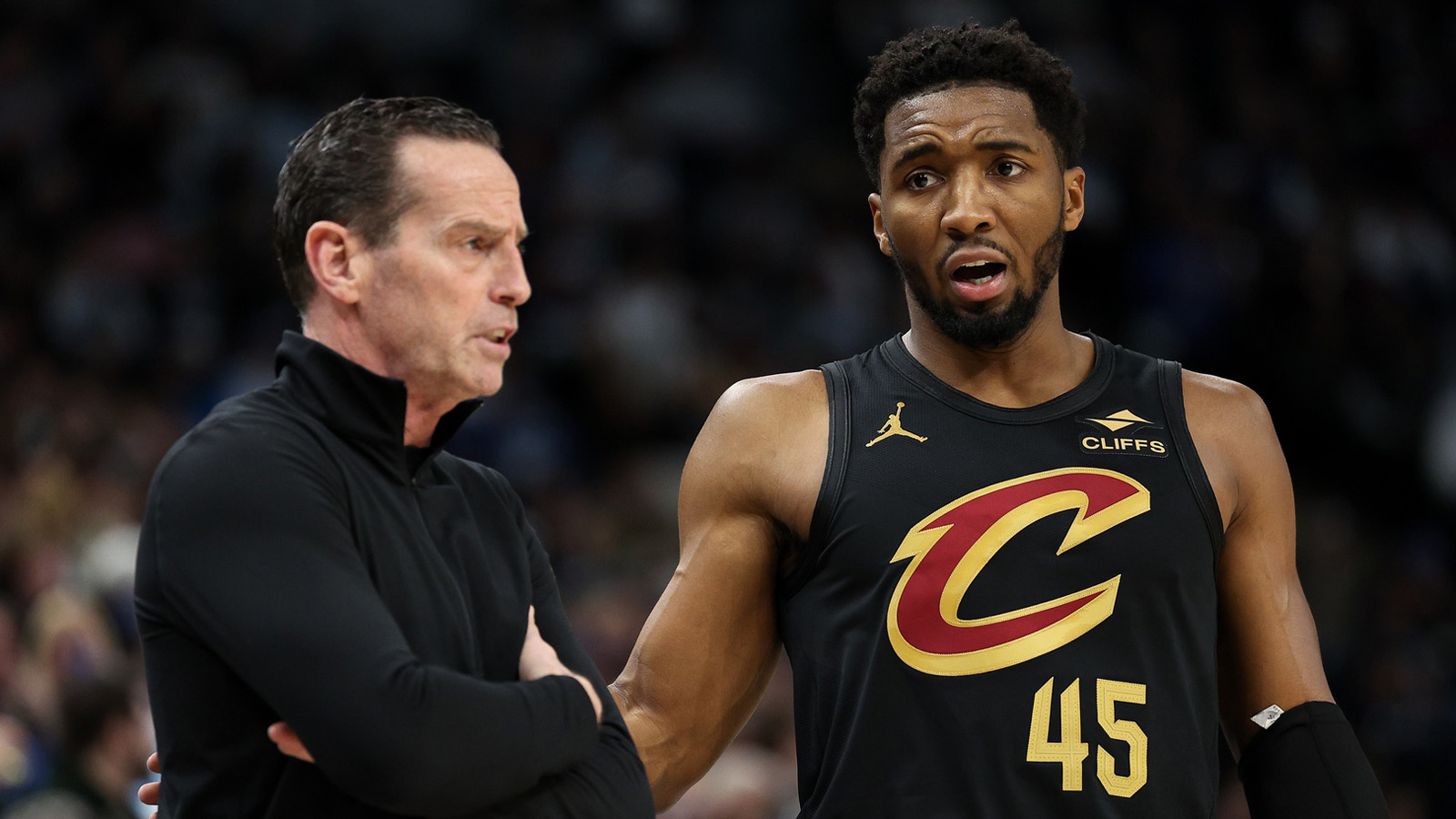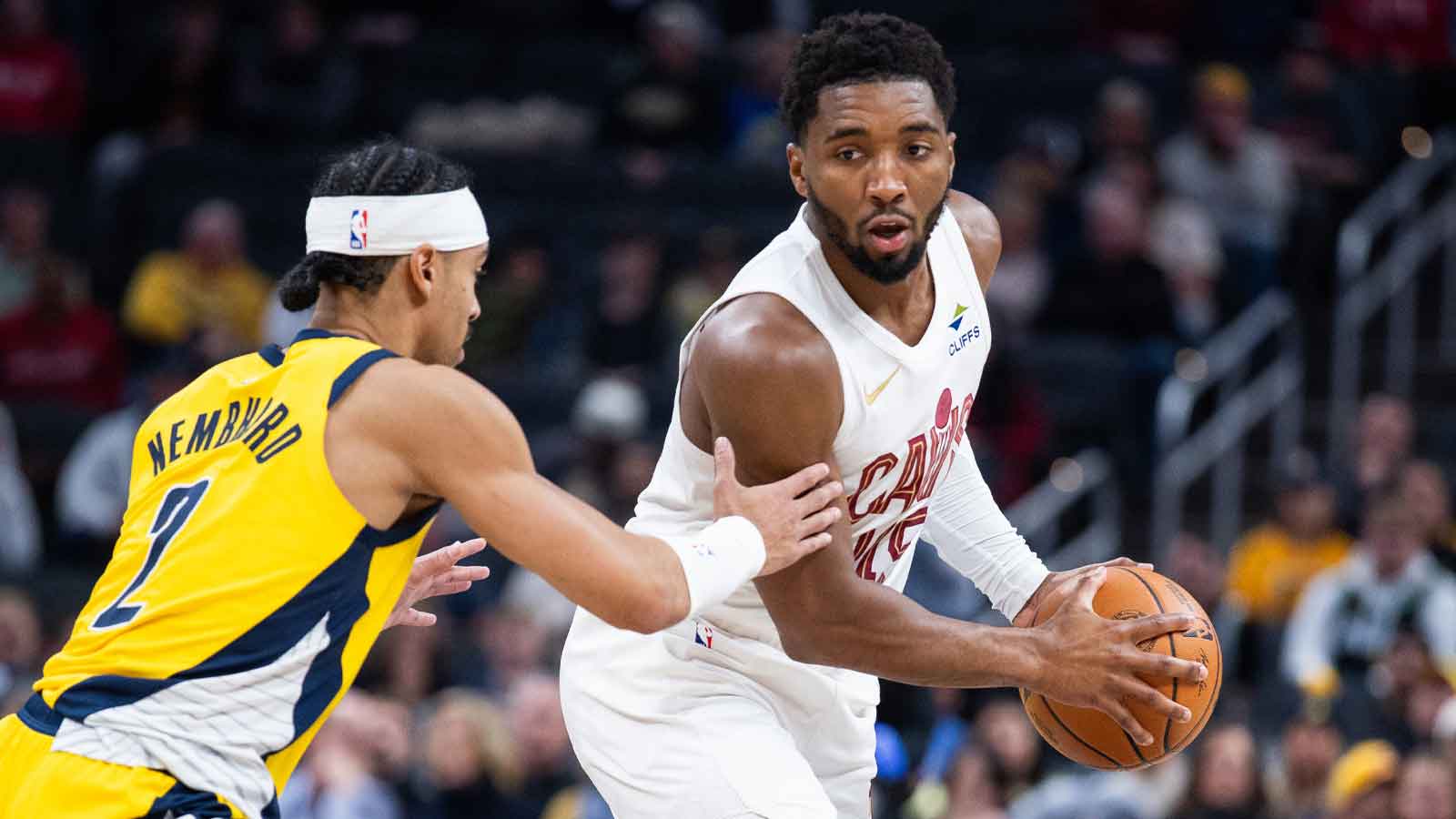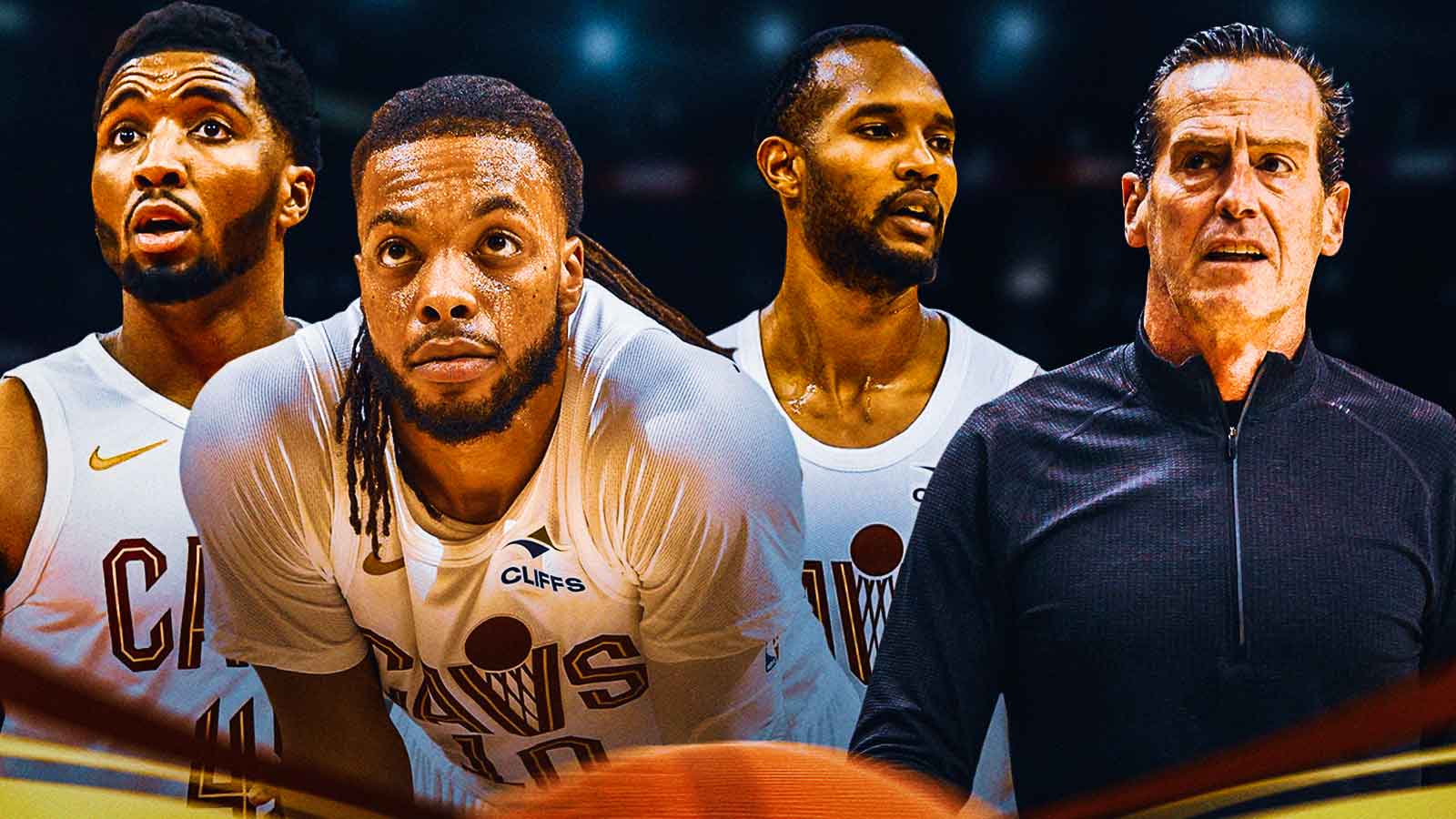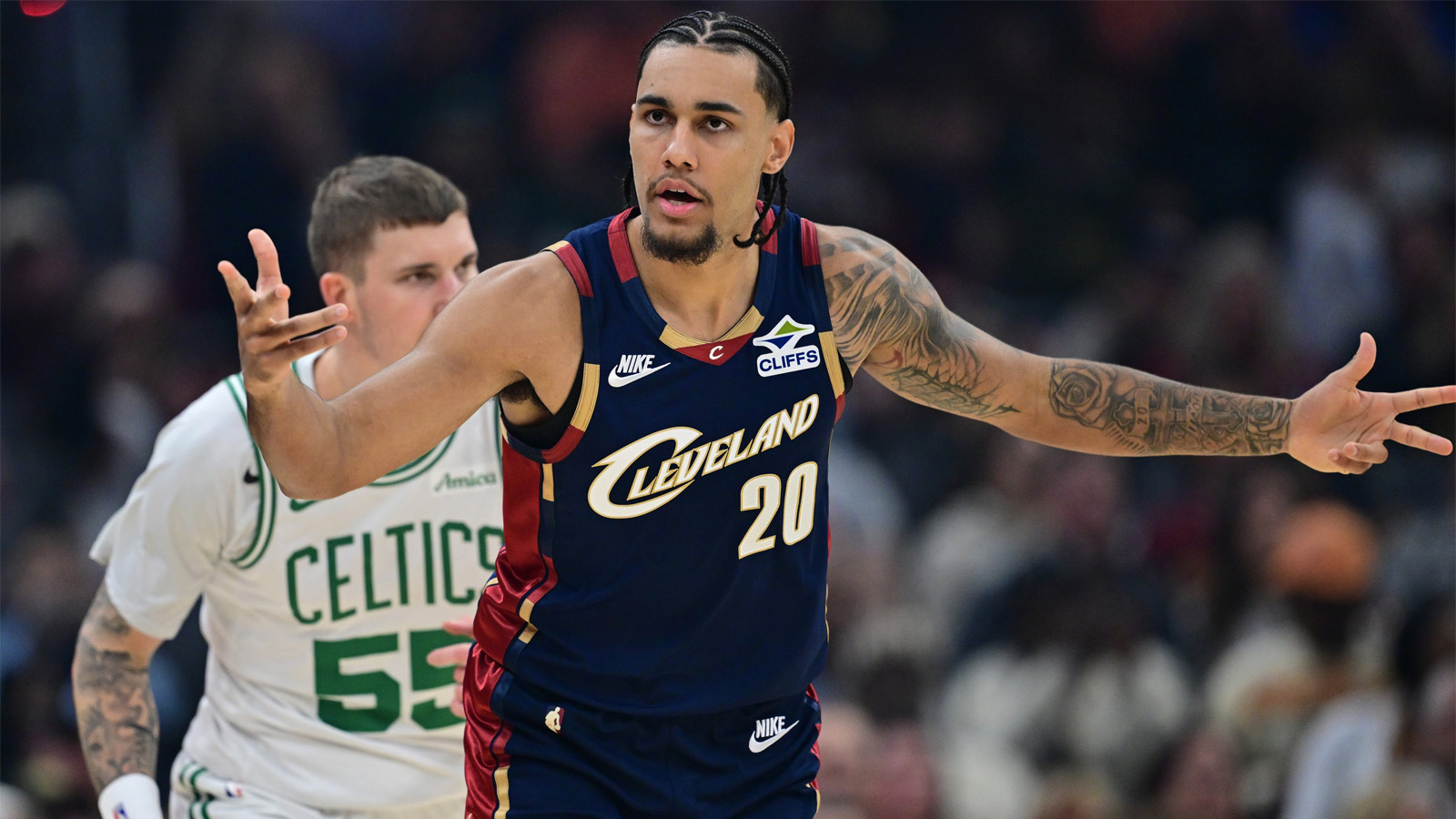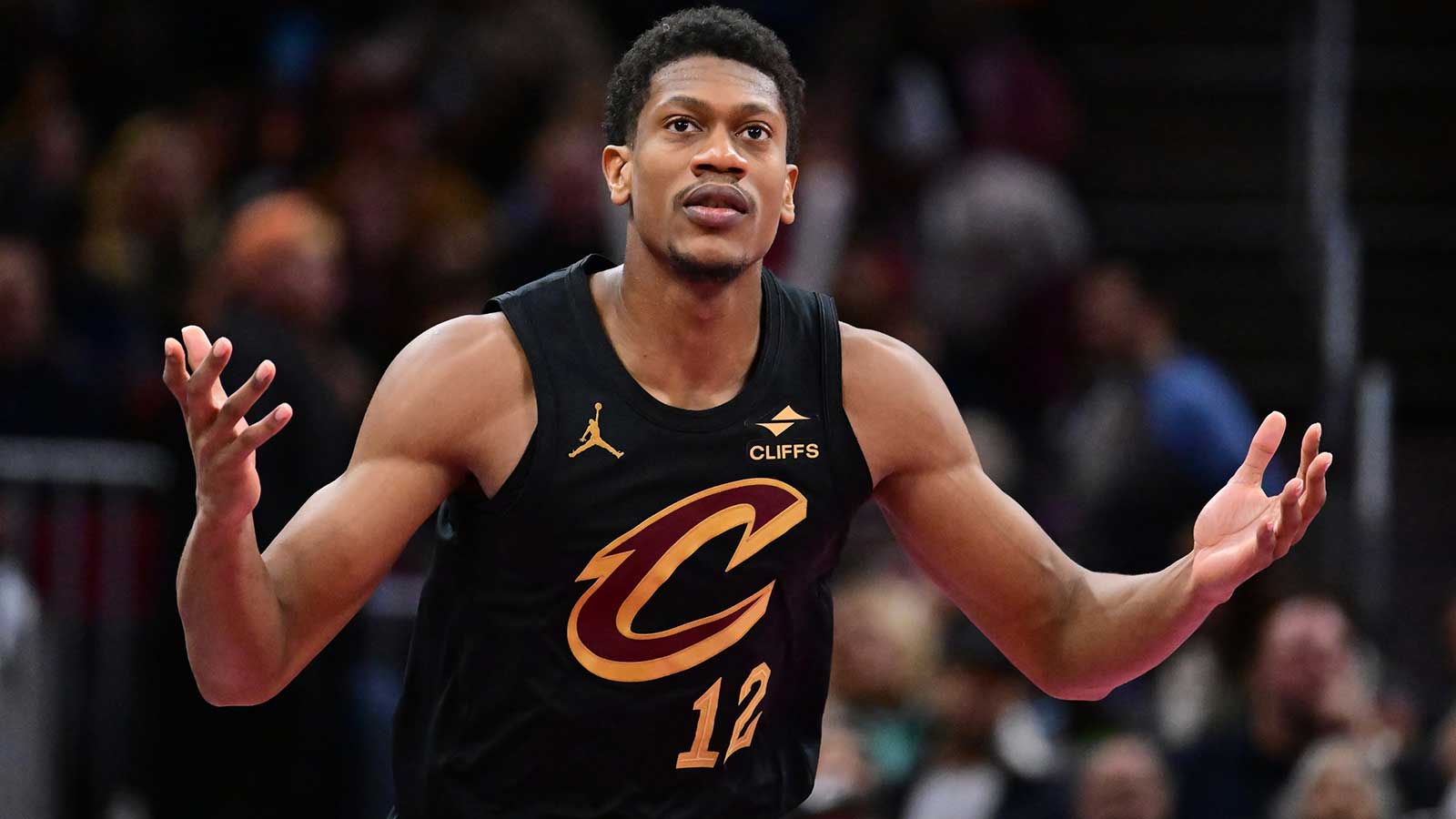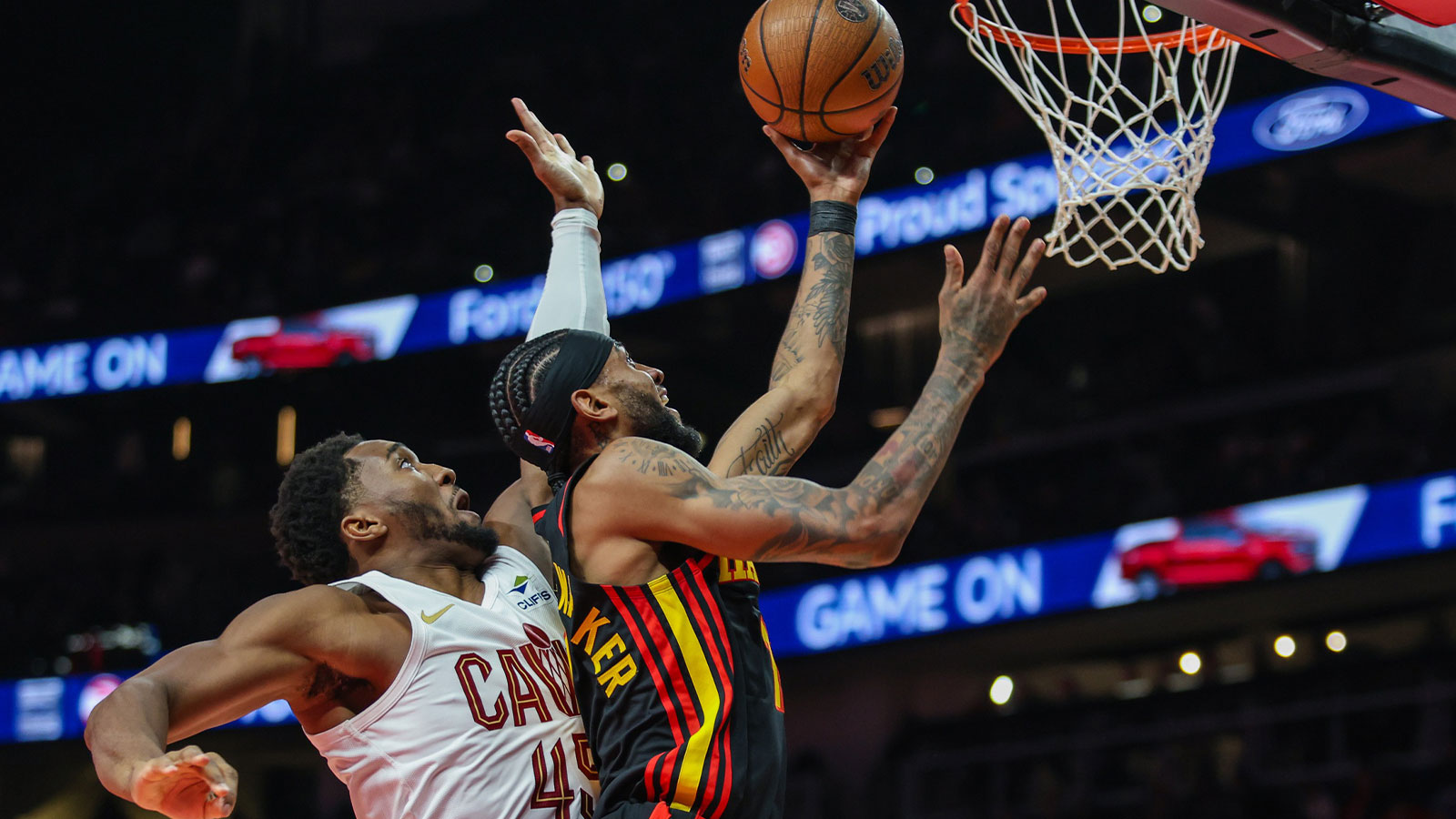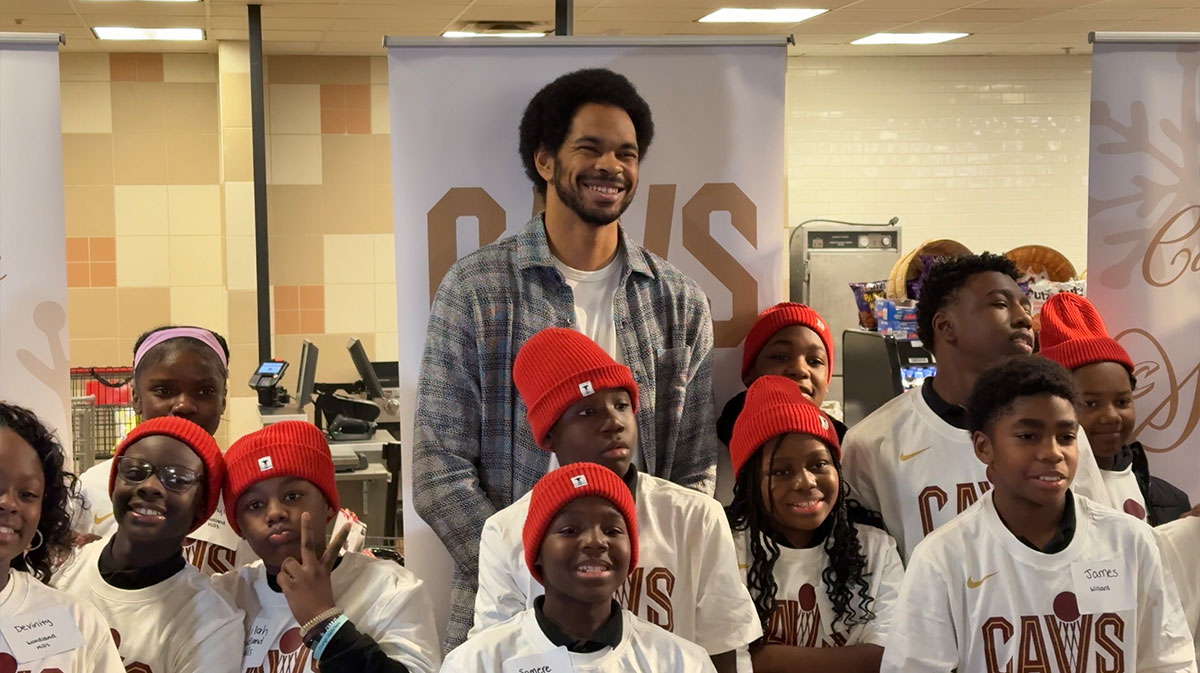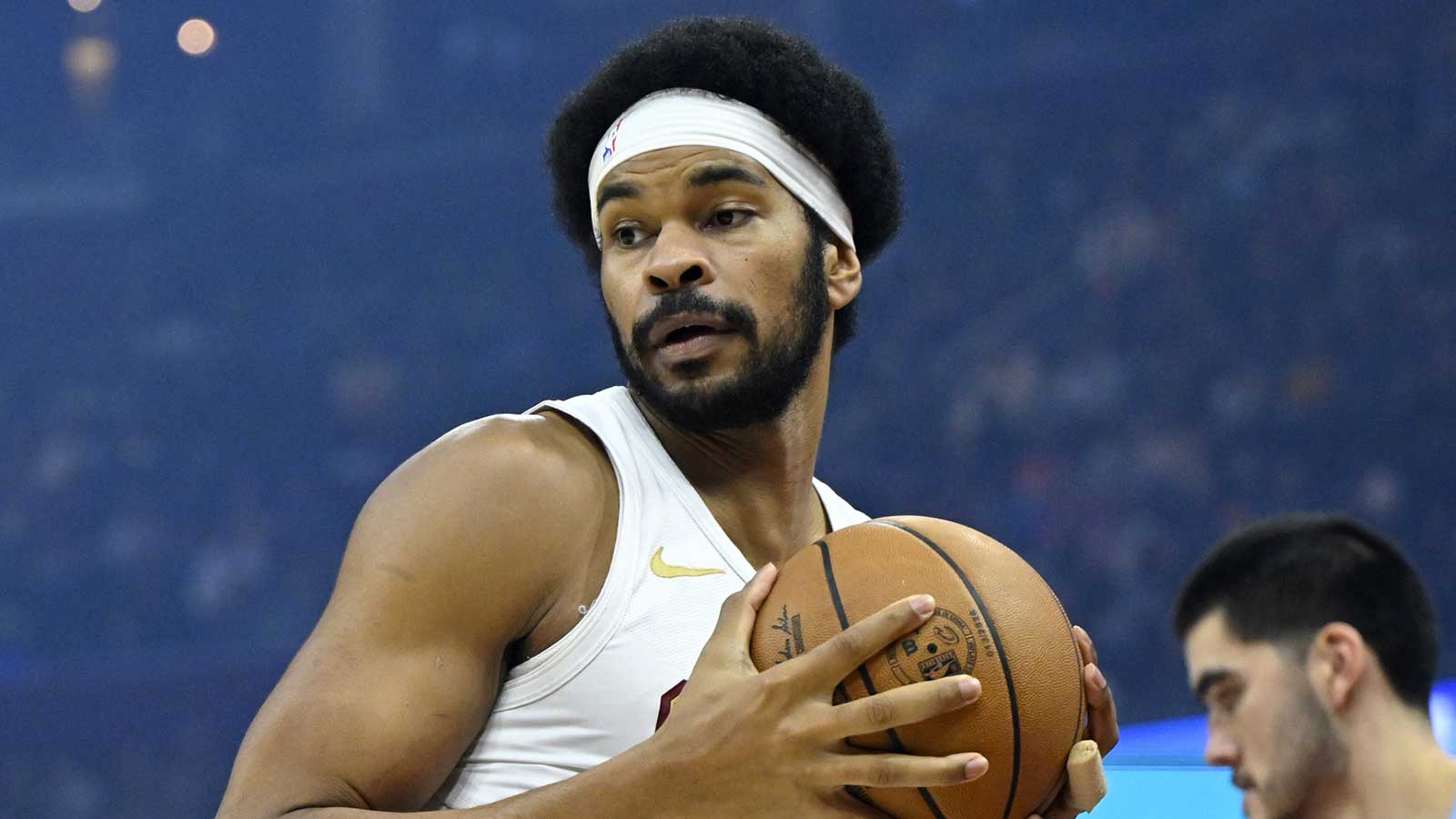The Cleveland Cavaliers are moving on emphatically. After steamrolling the Miami Heat in a historic first-round sweep, capped by a 55-point demolition in Game 4, the top-seeded Cavs now shift focus to the Eastern Conference Semifinals and a highly anticipated matchup against the Indiana Pacers.
But a critical question still hangs over Cleveland like a shadow: Will Darius Garland be ready? Or will his injured toe keep him sidelined?
The Cavs’ All-Star point guard has been out with a nagging sprained big toe, an injury that has lingered since the final week of the regular season and kept him out of Games 3 and 4 against Miami. Though Cleveland thrived in his absence, winning those games by a combined 92 points and locking down the Heat defensively, Garland’s availability for Game 1 at home remains up in the air.
Garland practiced in a limited capacity but still hasn't participated in contact drills. His official status is “day to day,” and the Cavs have not decided on who would start in his place should he remain out.
Sam Merrill, the sharpshooting guard who filled in for Garland in both blowouts against Miami, could be a candidate again. But with Indiana's dynamic lead guard Tyrese Haliburton looming, Atkinson may opt for a more defensively oriented player who can contain point-of-attack threats, another strategic wrinkle in a chess match that’s only just beginning.
Still, even amid uncertainty, one thing is clear: The Cavaliers don’t buy the growing outside narrative that they are better without Garland.
That idea started gaining traction thanks to Heat reserve Kyle Anderson, who, after being eliminated, said the Cavs “look like a better team” when Garland isn’t on the floor.
“I don’t listen to that,” Atkinson said in response. “I think we’re better with our All-Star point guard, personally.”
Are the Cavs better without Darius Garland?
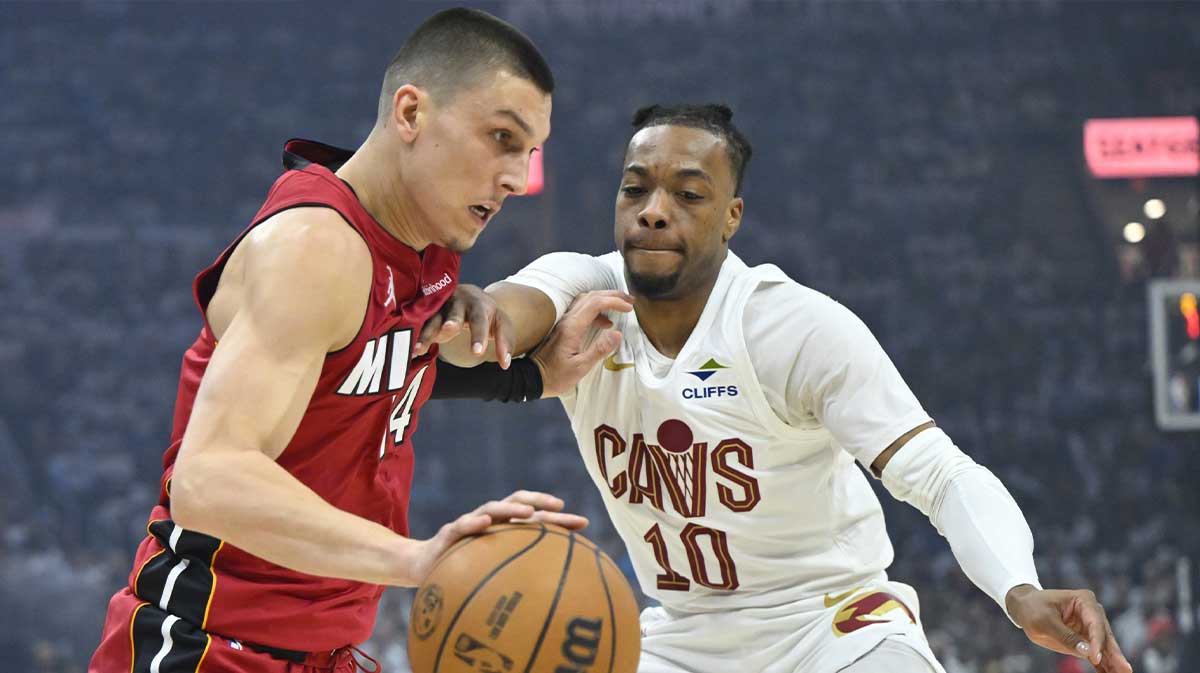
Anderson’s comments weren’t entirely unprompted. Garland stirred the pot following Cleveland’s Game 2 win when he openly said the team’s strategy was to “pick on” Miami’s defensive weak links, most notably Tyler Herro. Herro and Bam Adebayo quickly fired back, highlighting Garland’s flaws on the defensive end.
In fairness, the stats lend some weight to the criticism. According to NBA.com matchup data, the Heat shot 12-of-18 against Garland when he was the primary defender. In his 63 minutes on the floor during the series, the Cavs posted a porous 119.8 defensive rating. Without him? A suffocating 93.3.
But numbers rarely tell the whole story.
Cleveland’s defensive improvement in Games 3 and 4 wasn’t just about Garland’s absence. It was about schematic adjustments — jamming Bam Adebayo in the pick-and-roll, switching bigger defenders onto Miami’s quick guards, and getting more comfortable with the opponent’s tendencies. That’s the natural evolution of any playoff series.
“I think we started figuring some things out,” Atkinson explained. “Remember, earlier we were having a problem with Davion Mitchell getting downhill. We kind of adjusted to putting a bigger player on him. How we were playing Bam in the pick-and-roll. That was another one. Started to jam him more, so he didn’t get that pocket pass.”
Donovan Mitchell echoed that sentiment.
“I think as you go through a series, you learn more and more about tendencies,” Mitchell added. “You saw last year, the same way we played in Game 1 was not the same way we played in Game 7 because at that point, you know everything they’re running; you know where they want to go.
“As the series progresses, naturally, you’re going to be better just because you’ve seen the same team.”
Garland, too, played a major role early in the series, scoring 27 points in Game 1 and 21 in Game 2, both wins. His presence still stretches defenses, creates lanes, and forces opponents into uncomfortable matchups.
“He’s huge,” Hunter said of Garland. “He scores; he facilitates. I think he stepped it up on the defensive end from what I watched this year as well. He’s a leader on this team. He’s a vocal guy. I love playing with him.
“We need him back for sure.”
Cleveland's depth has once again answered the call
In his absence, the Cavs’ depth stepped up. Max Strus shouldered more scoring duties. Jarrett Allen controlled the paint. Evan Mobley showcased his blossoming two-way dominance.
Hunter and Ty Jerome provided key minutes off the bench. Seven Cavs, including Garland, averaged double digits in the sweep. The wins were thorough. The message was clear: this team is built to weather storms.
“It shows our depth,” Hunter explained. “We have a lot of guys that could play, even dudes that don’t play at all, and they can come in and contribute. D.G. is a big part of this team, and obviously, you can’t make up what he does with just one player, so we had to come together as a team and try to pick up that slack.”
And that, ultimately, is what Cleveland hopes to reinforce heading into the next round: they’re more than one player, but that doesn’t mean they’re better off without one of their best.
Garland’s toe is still sore. The Pacers are waiting. And the Cavs, hardened by experience and motivated by skepticism, stand ready.
The NBA’s most dominant first-round performance wasn’t about proving doubters wrong, but it may have done just that. Now, with Indiana on deck and a trip to the Eastern Conference Finals within reach, Cleveland’s eyes are on Sunday. Whether Garland joins them on the floor or not, one thing is certain: This team knows who it is. And it’s not finished yet.

